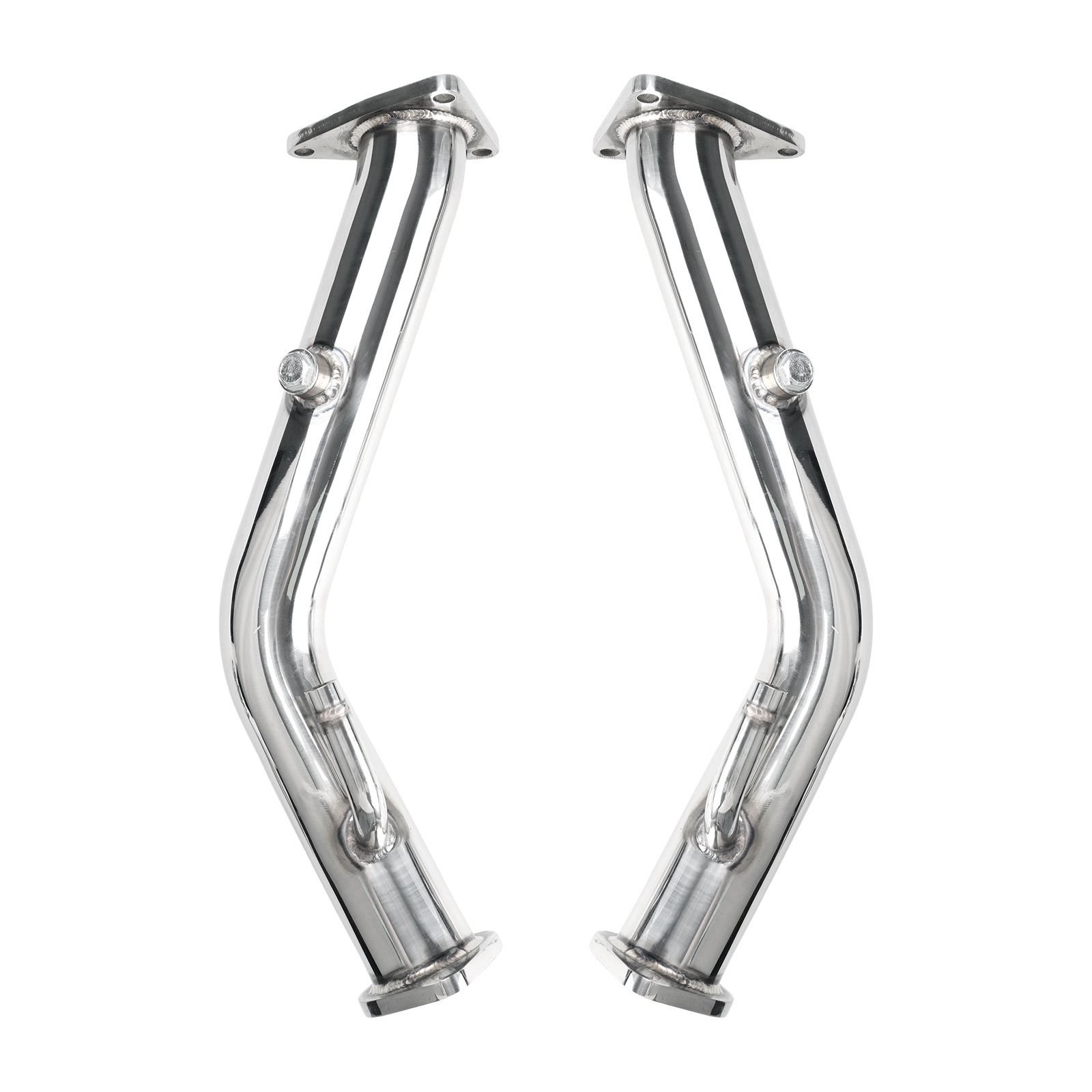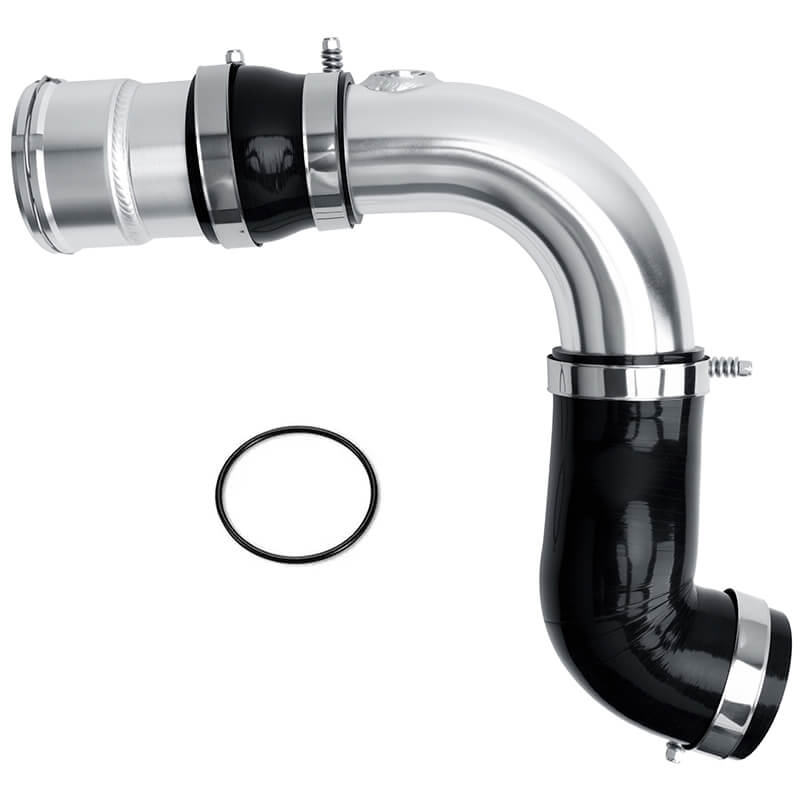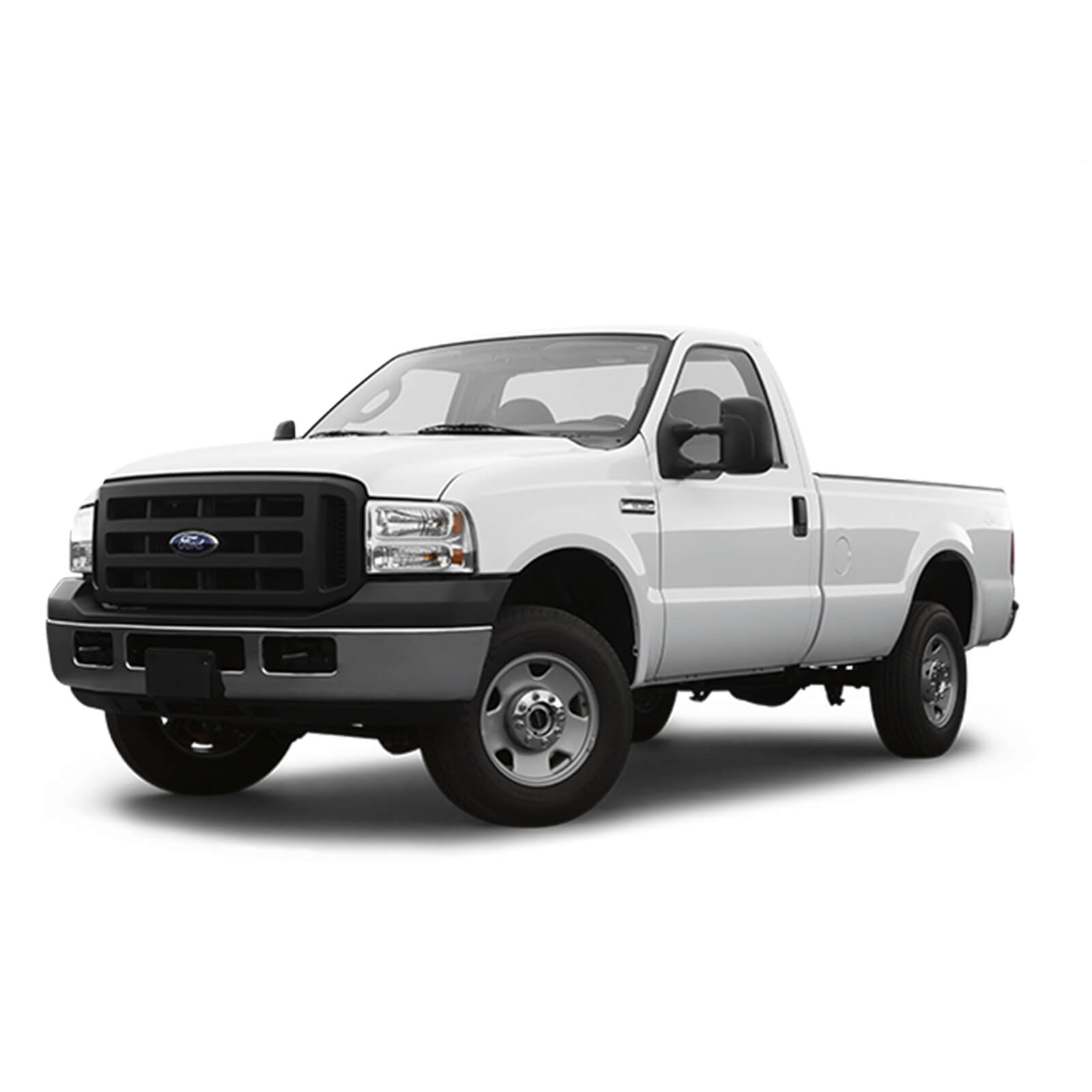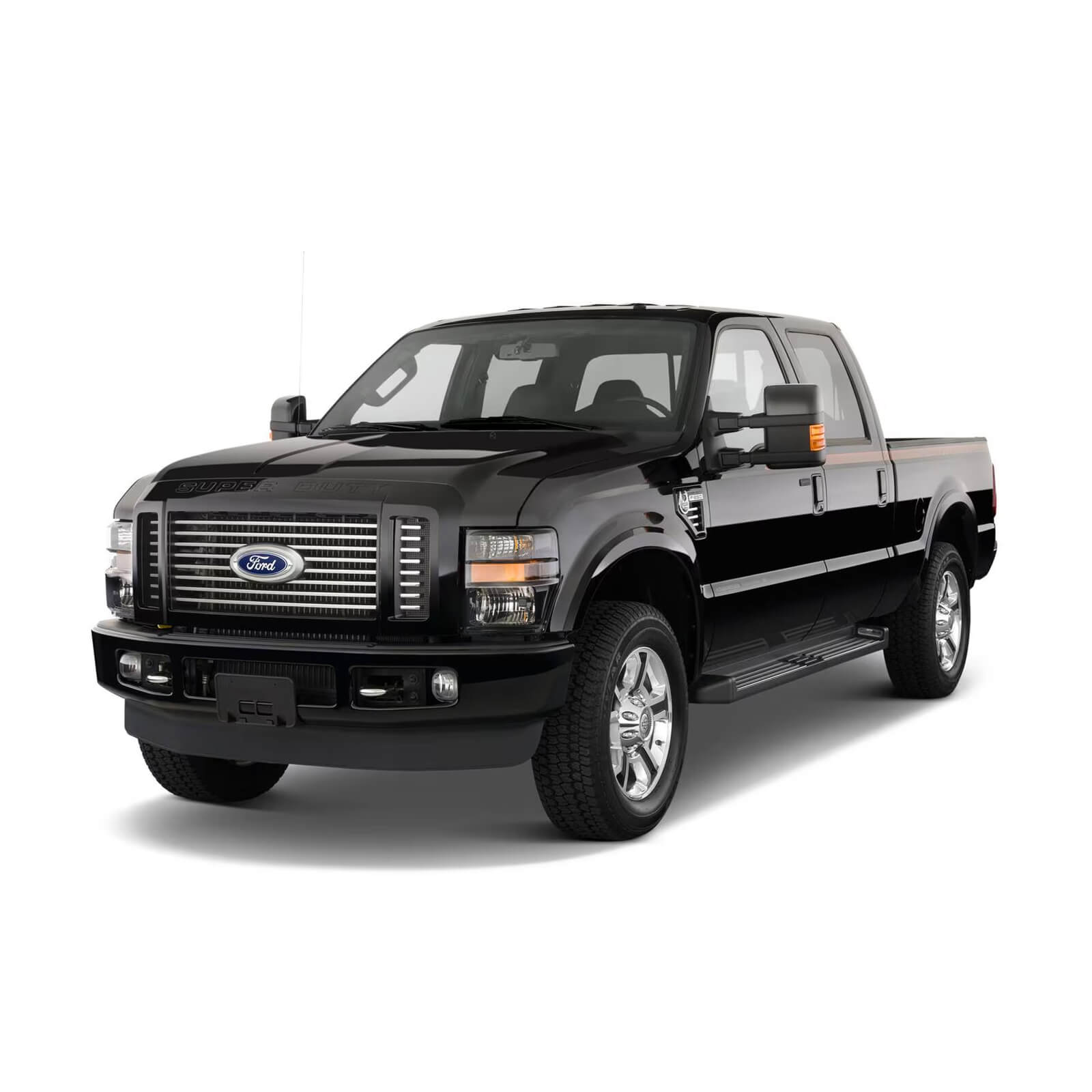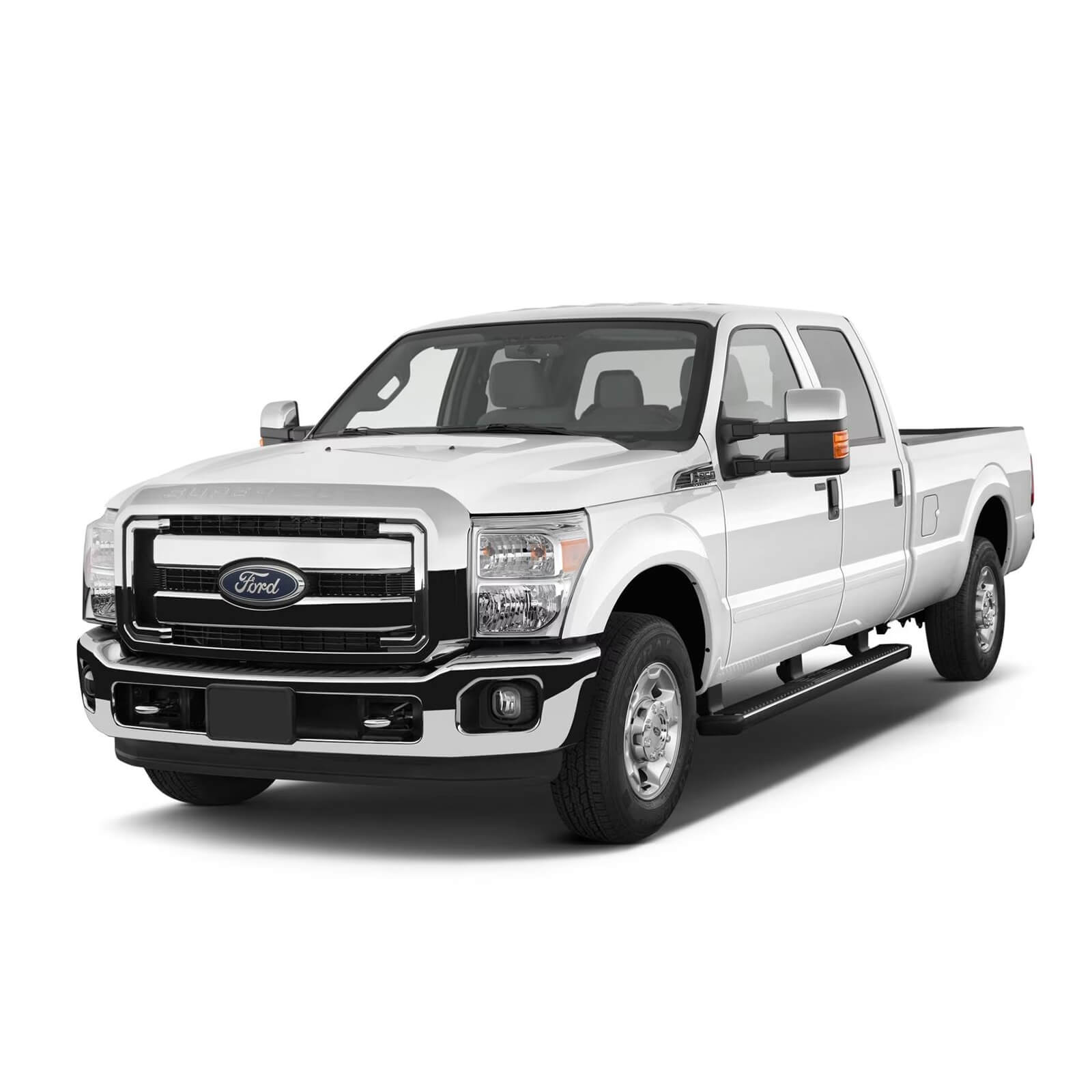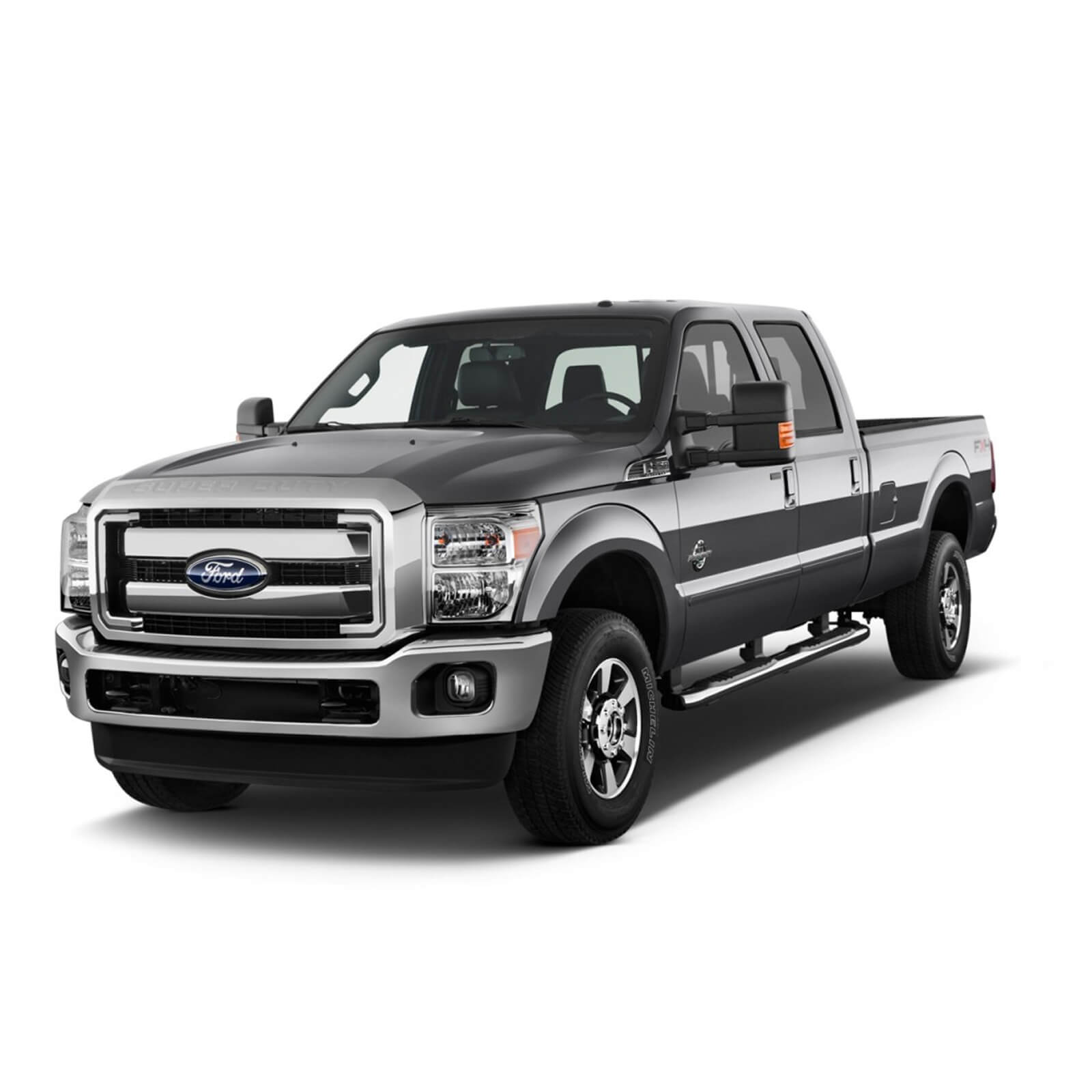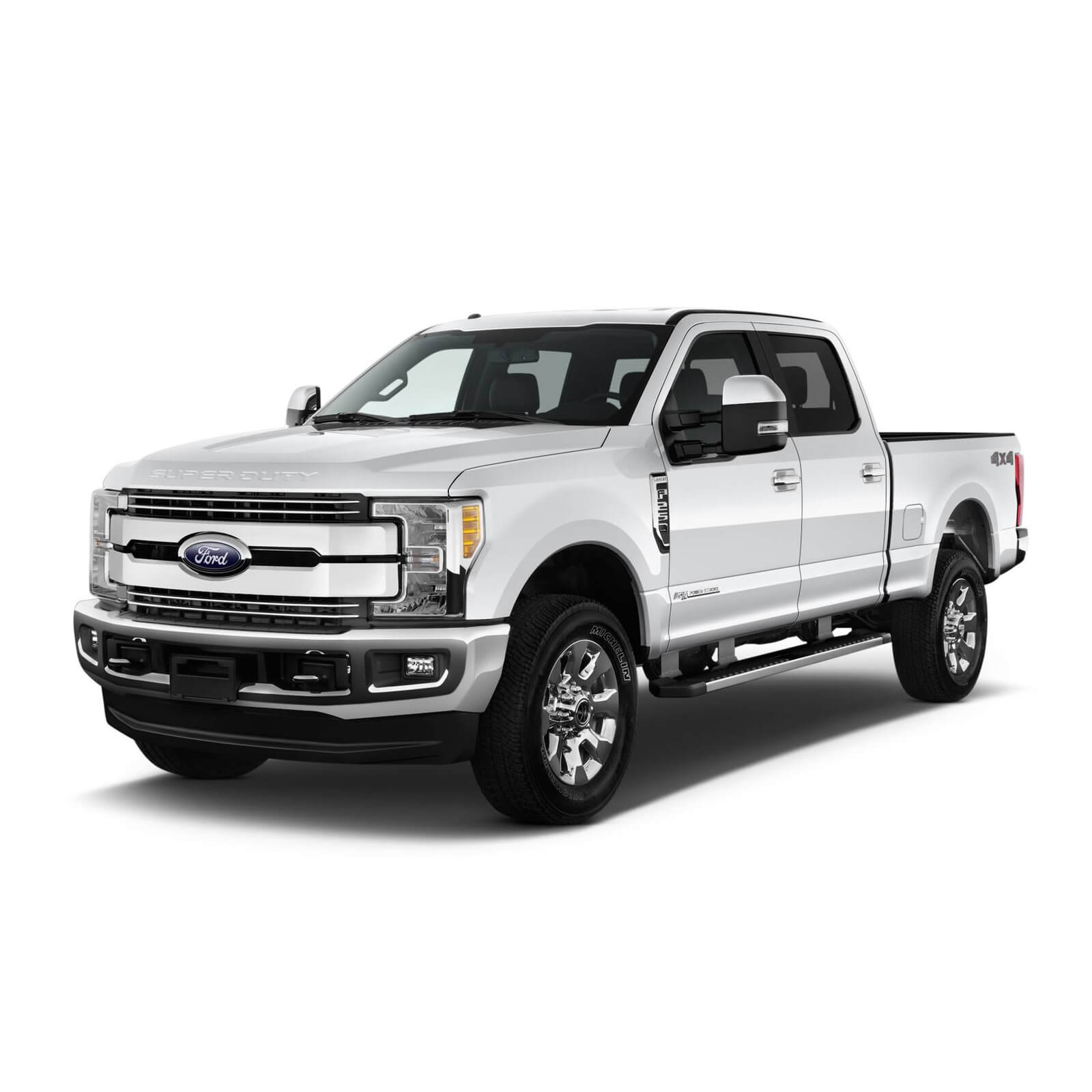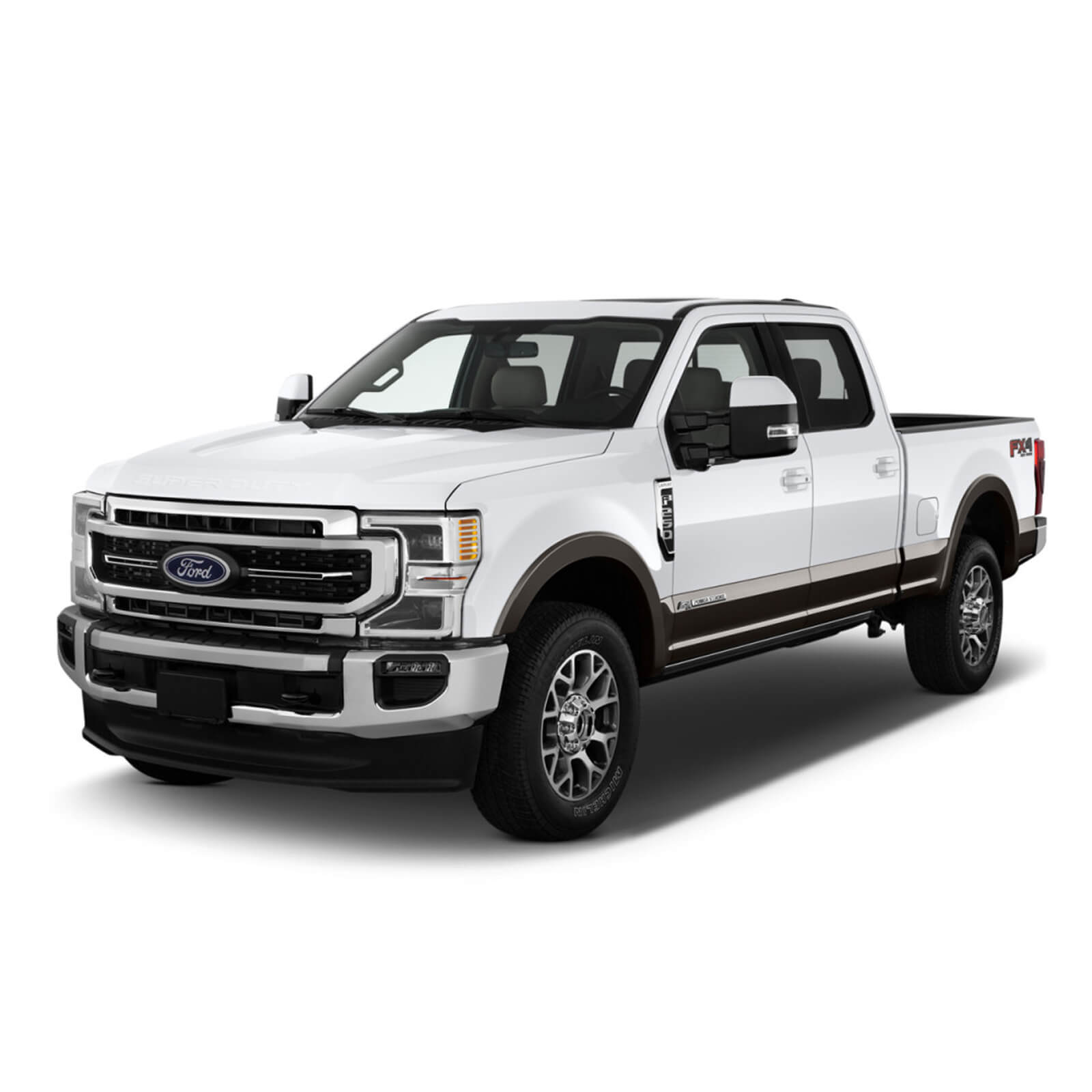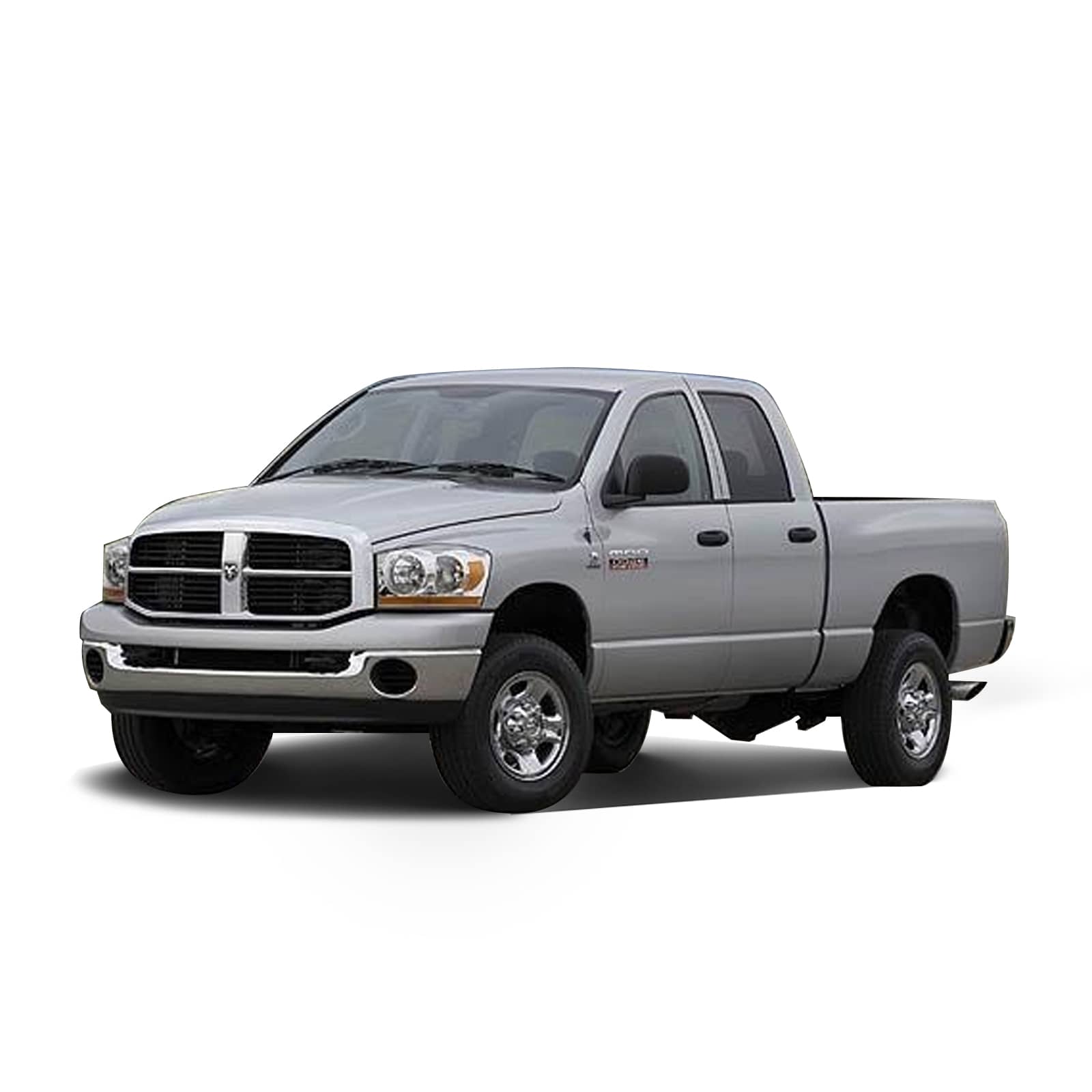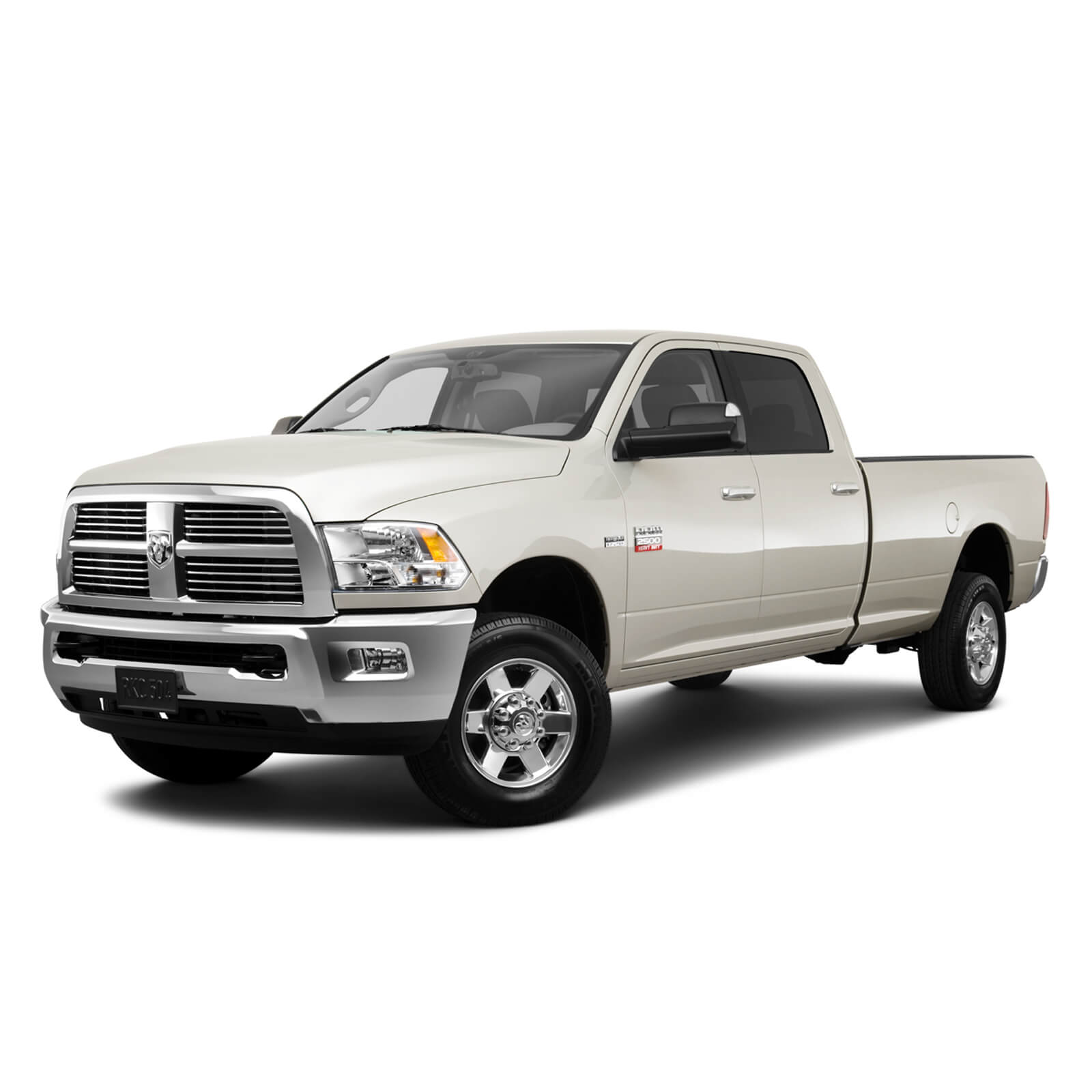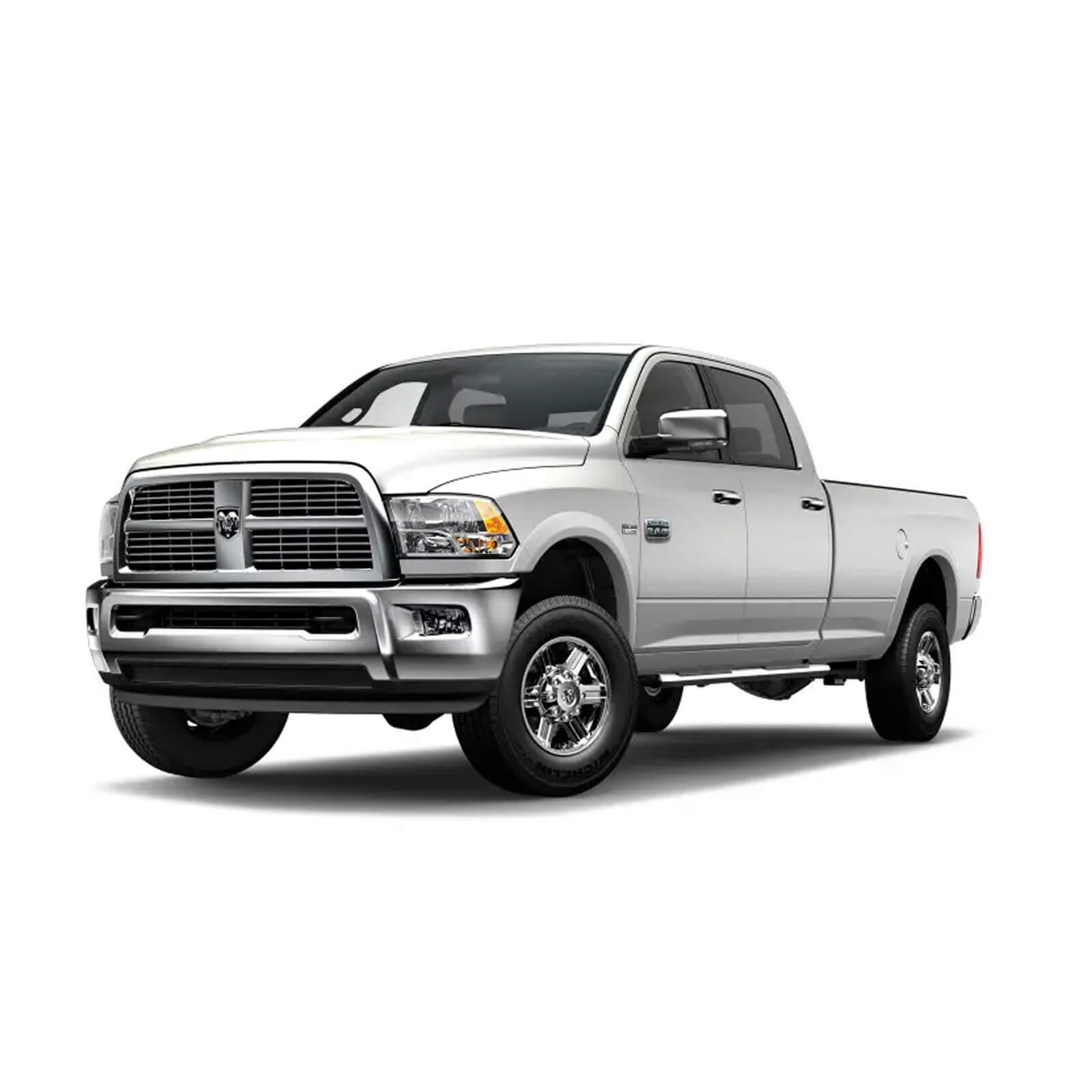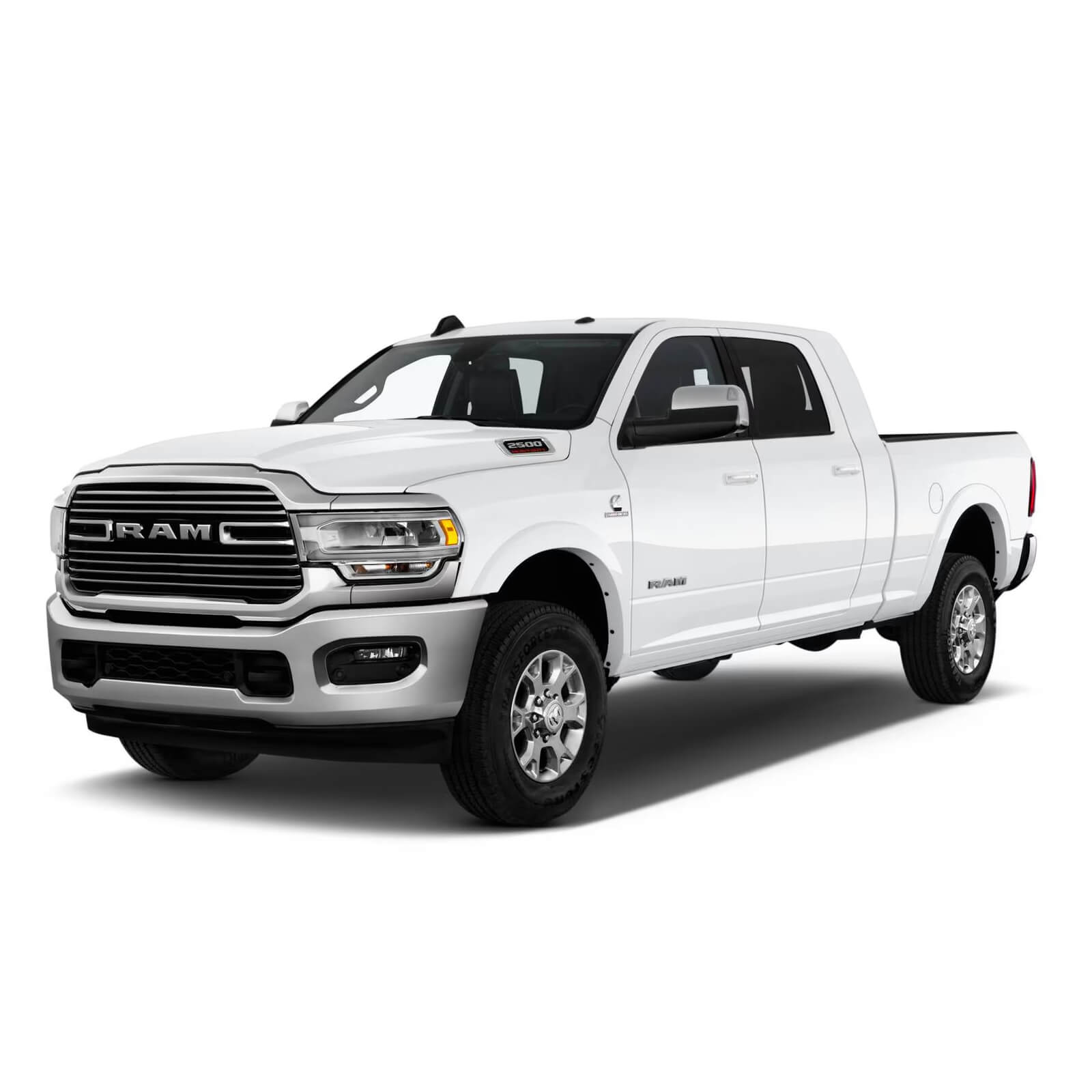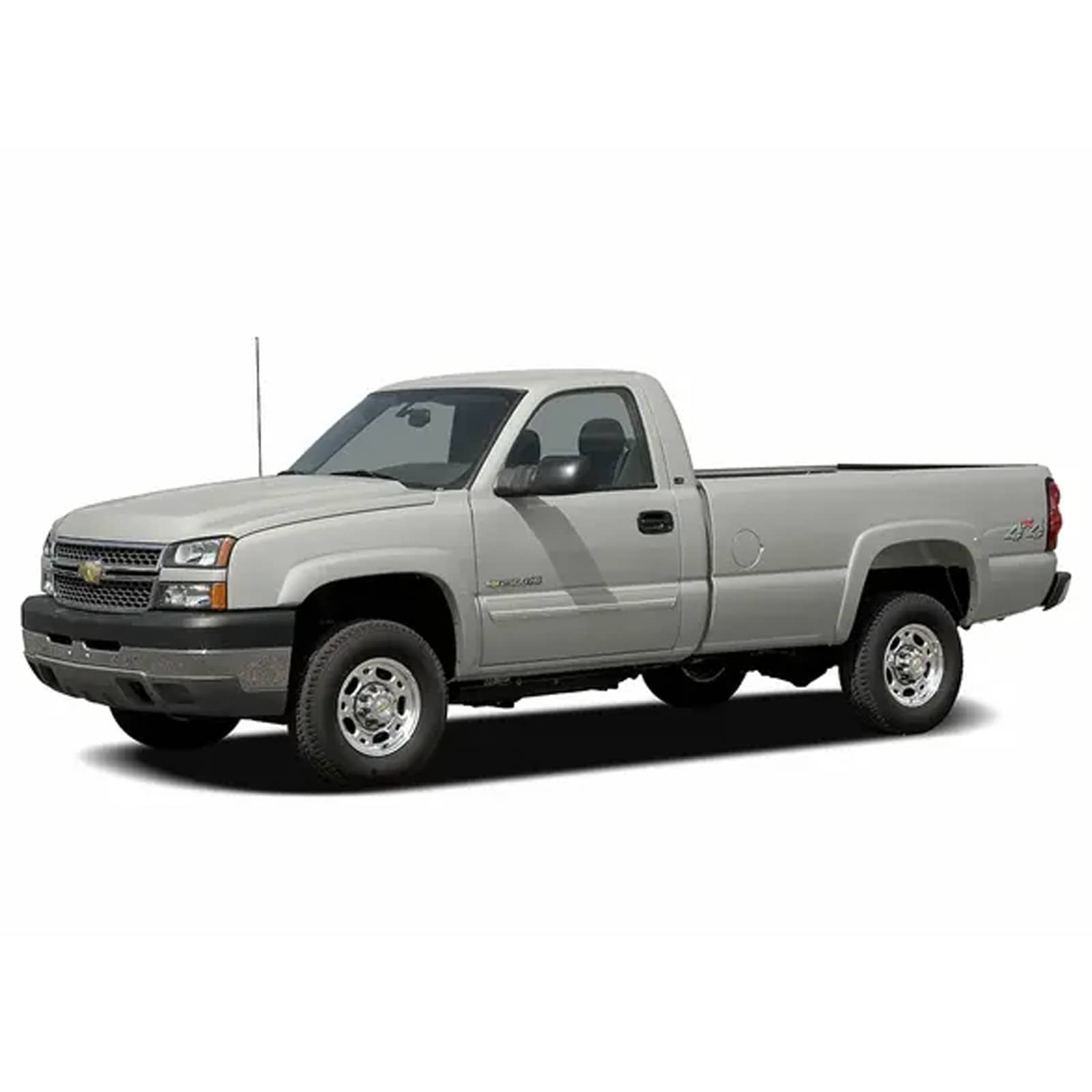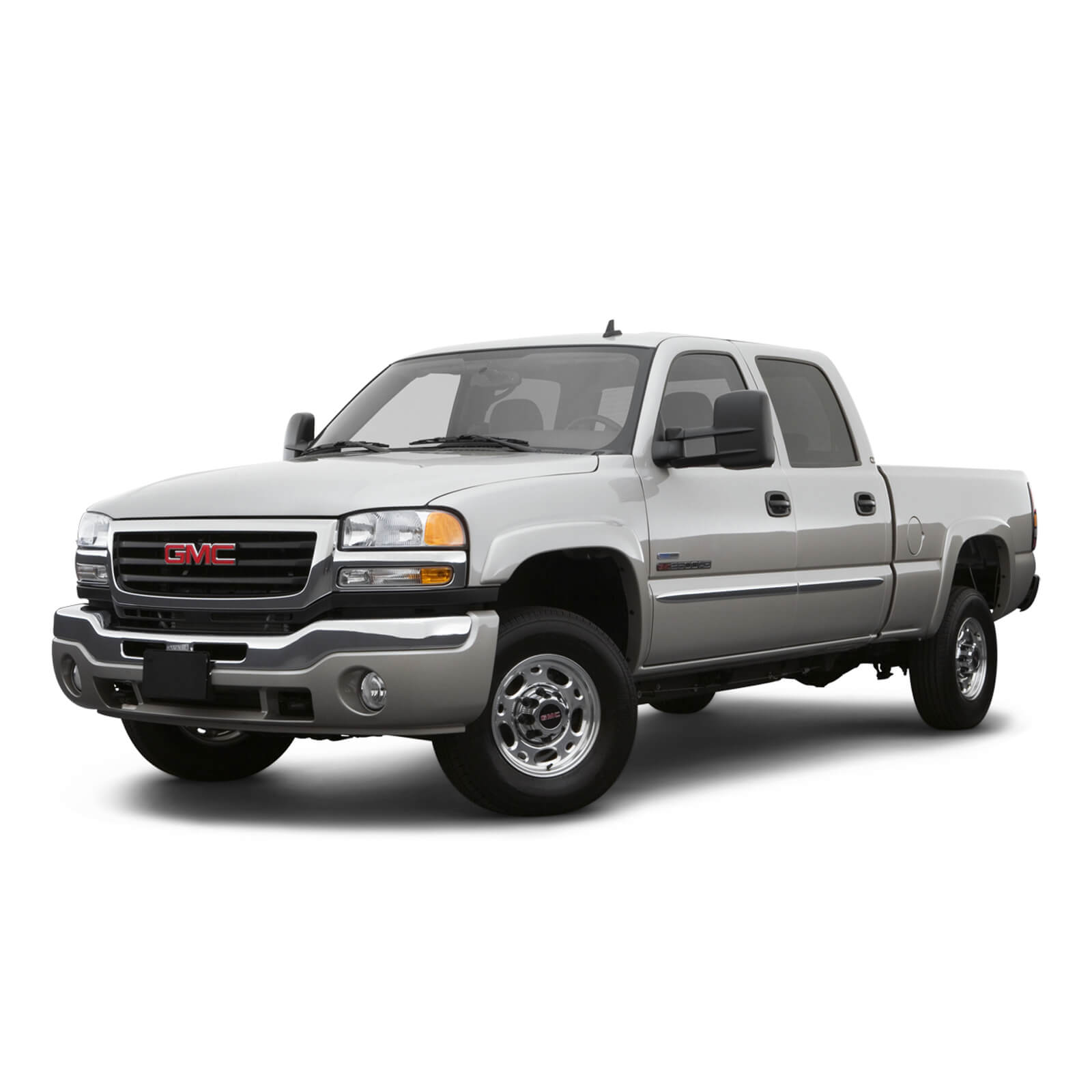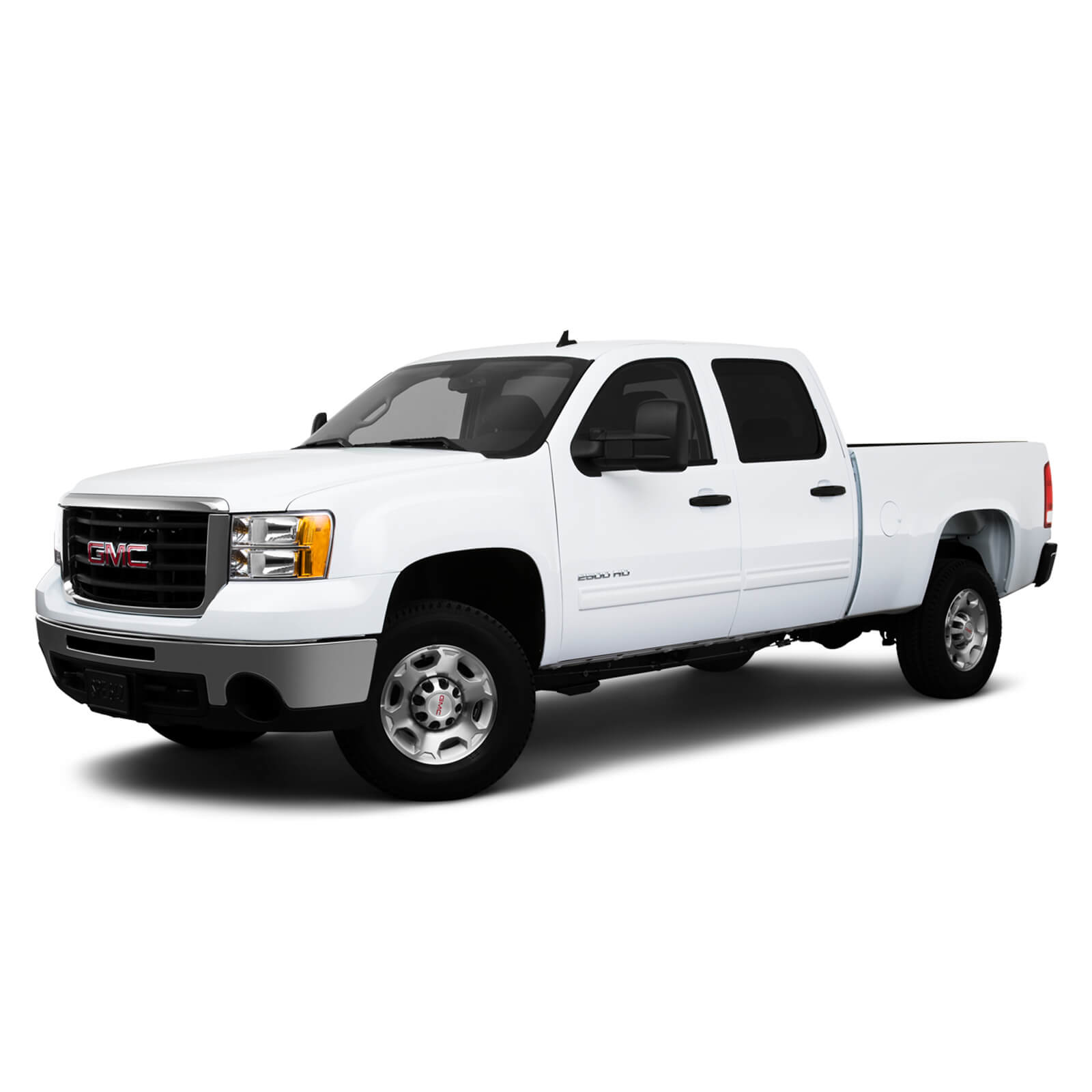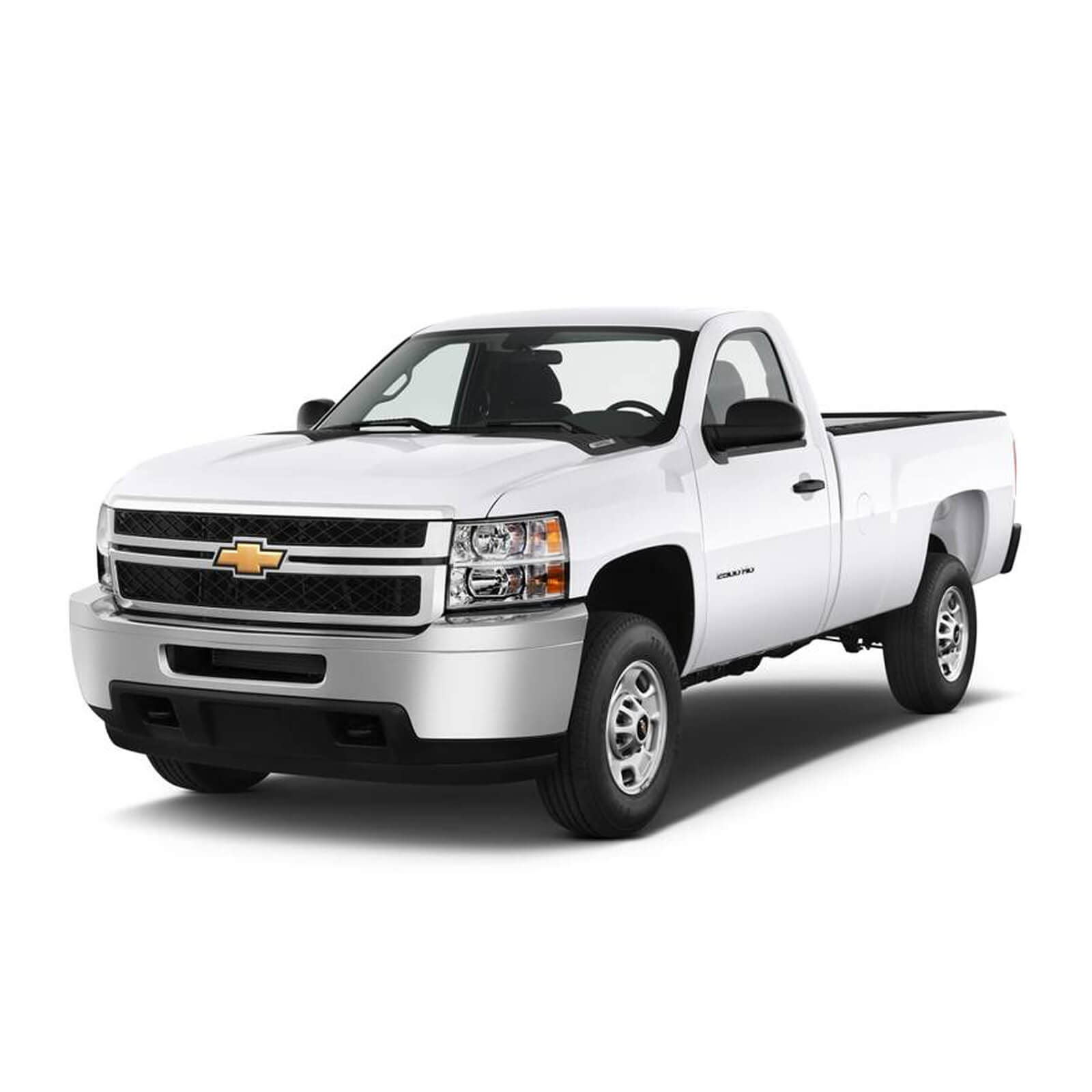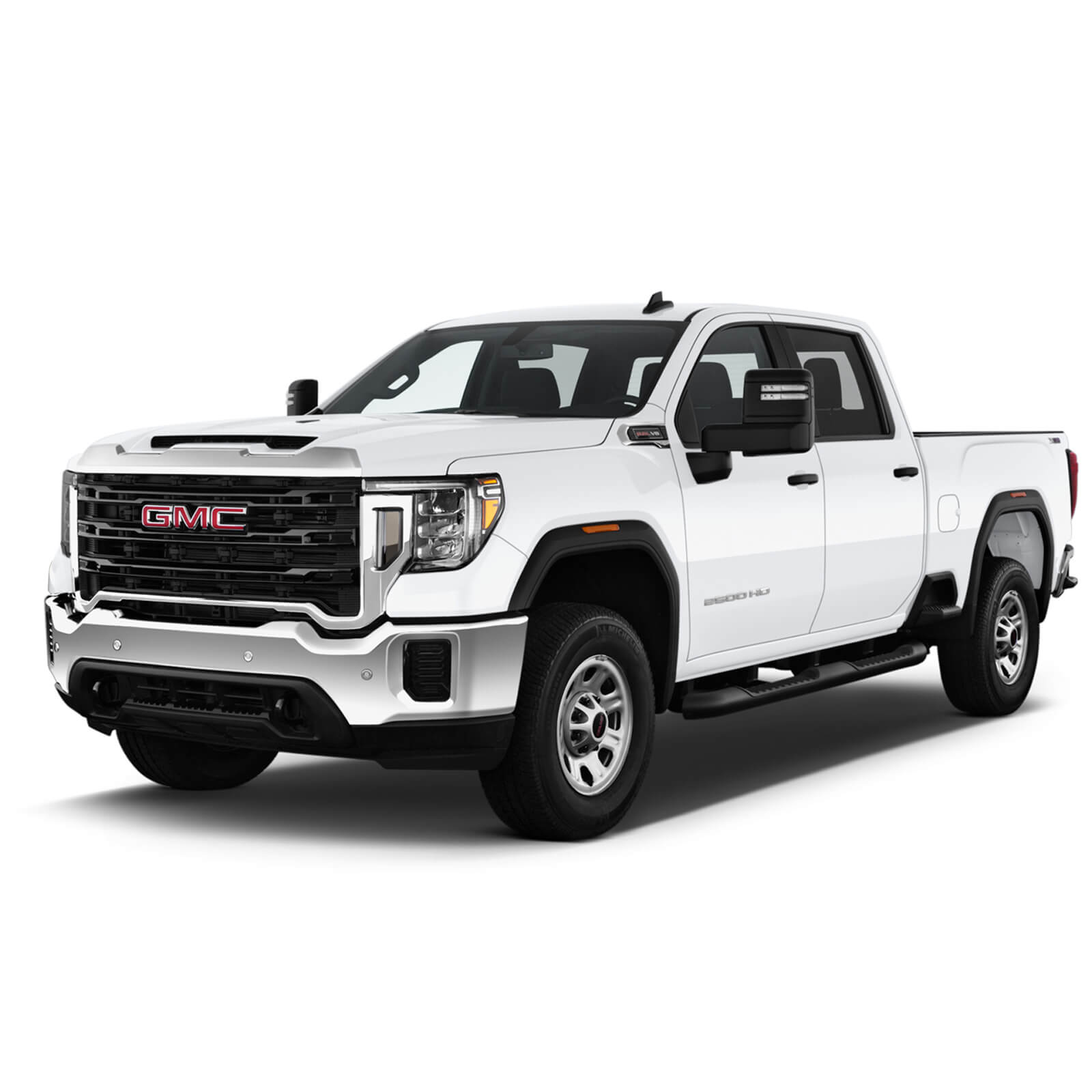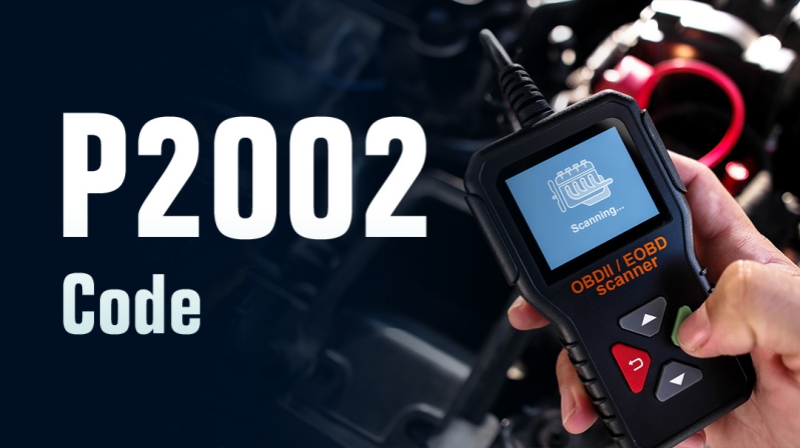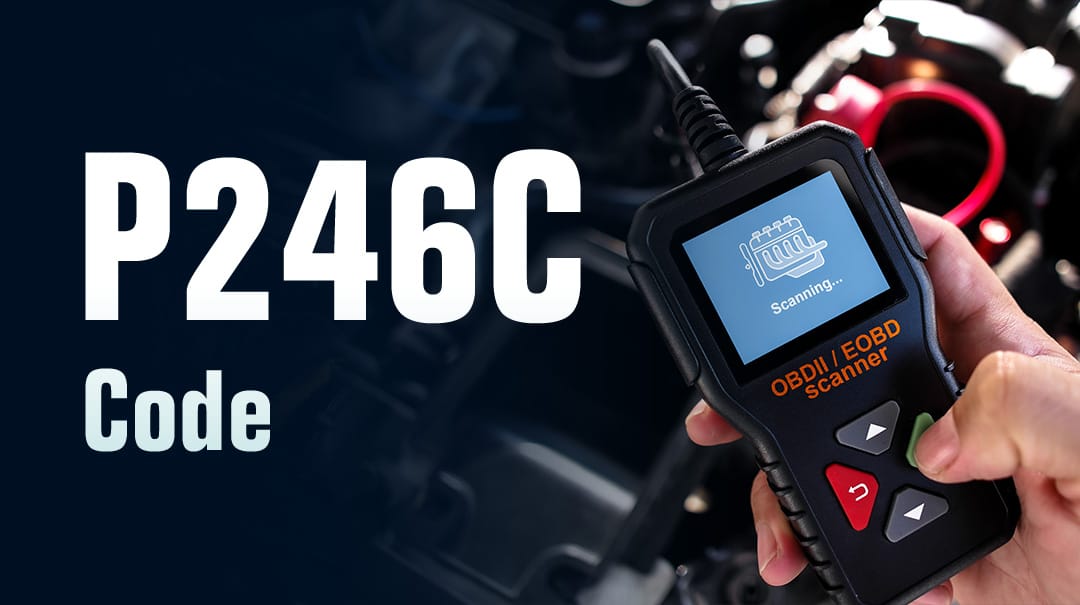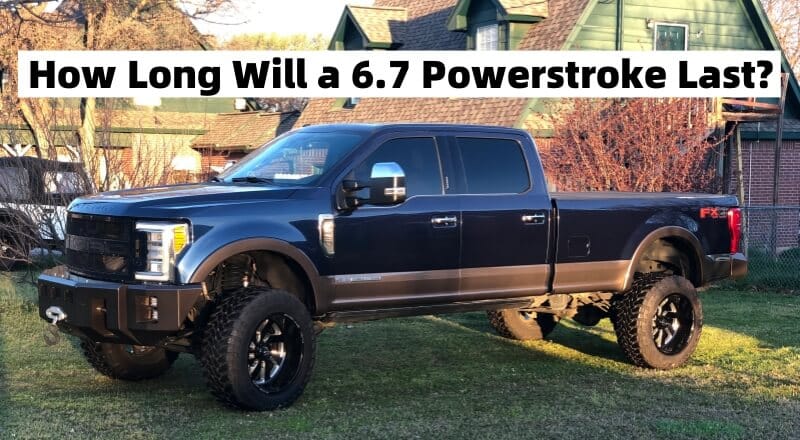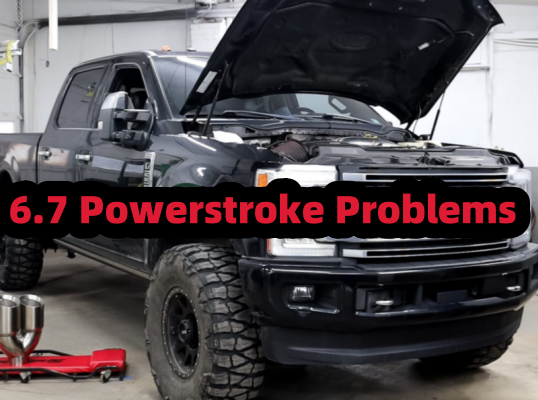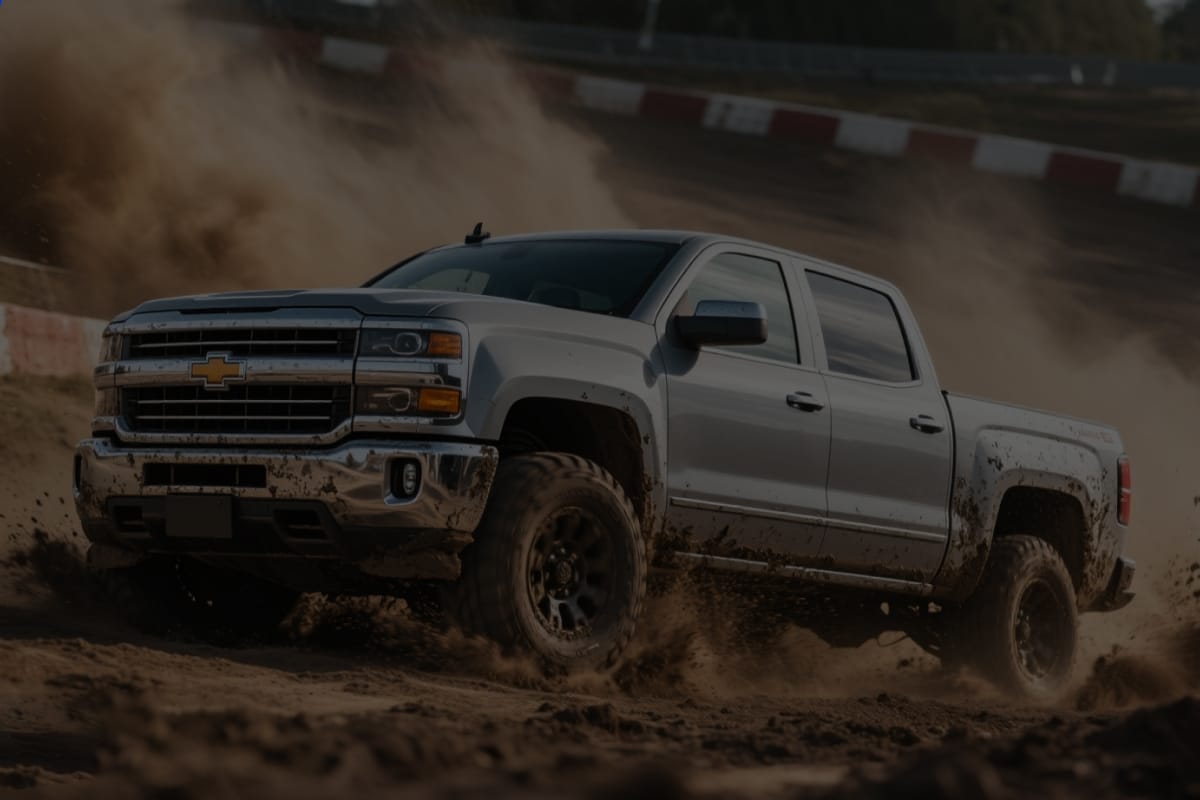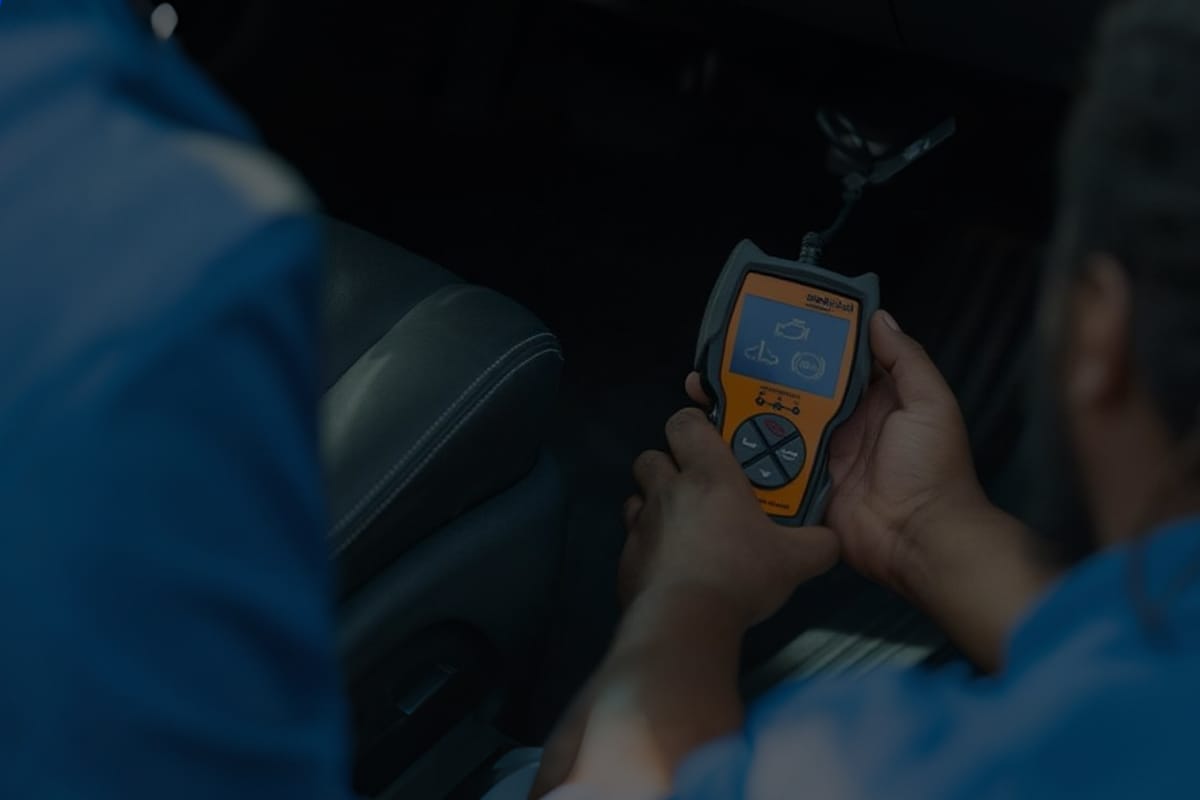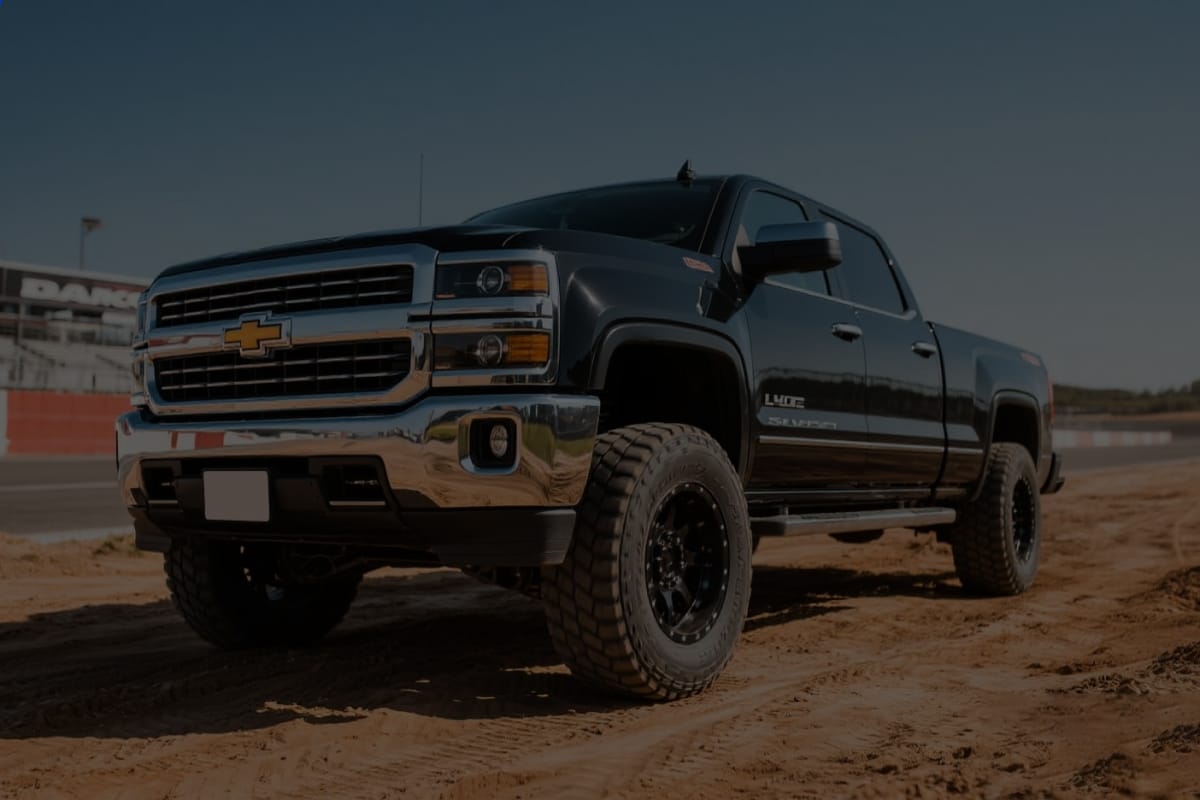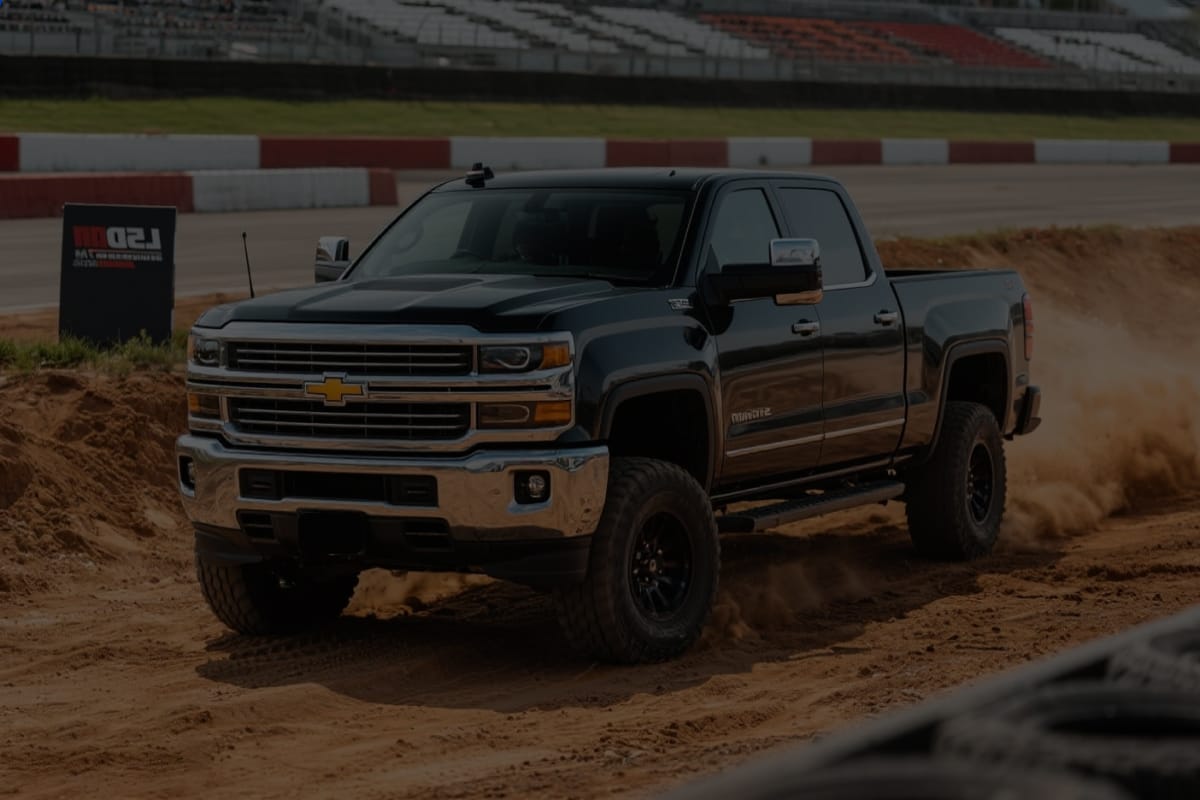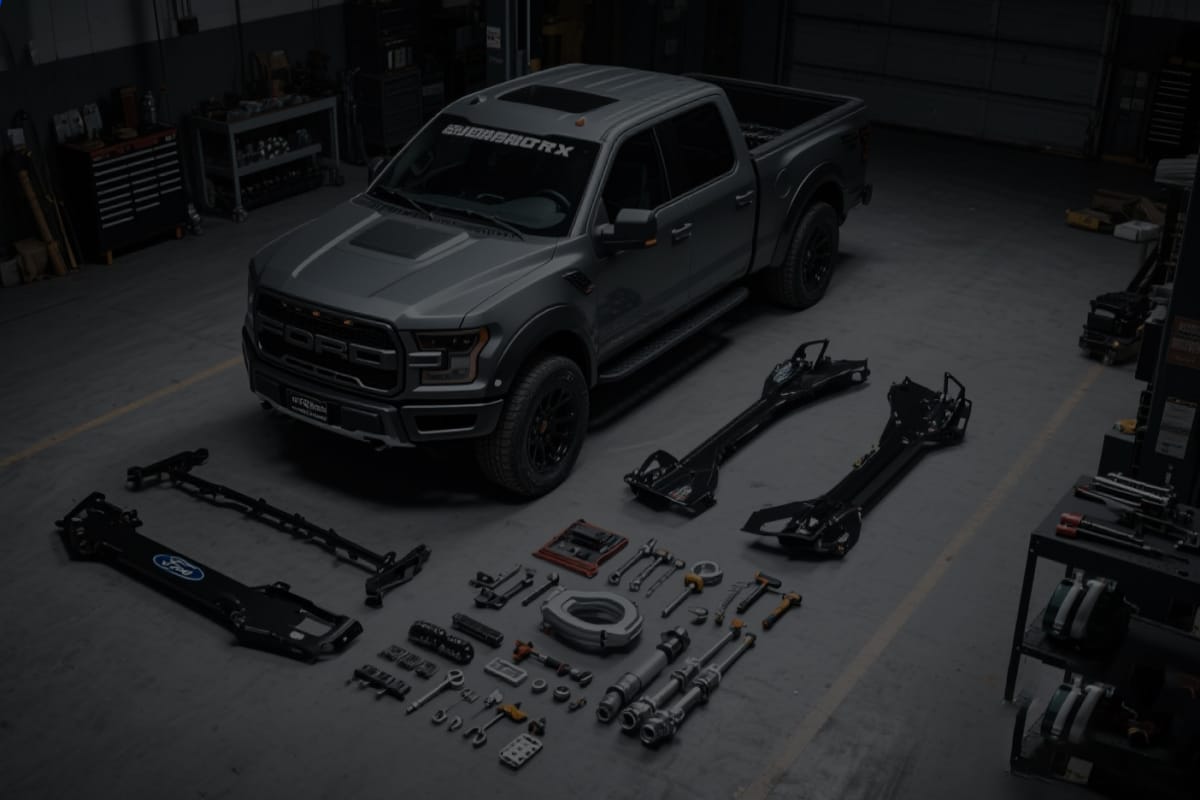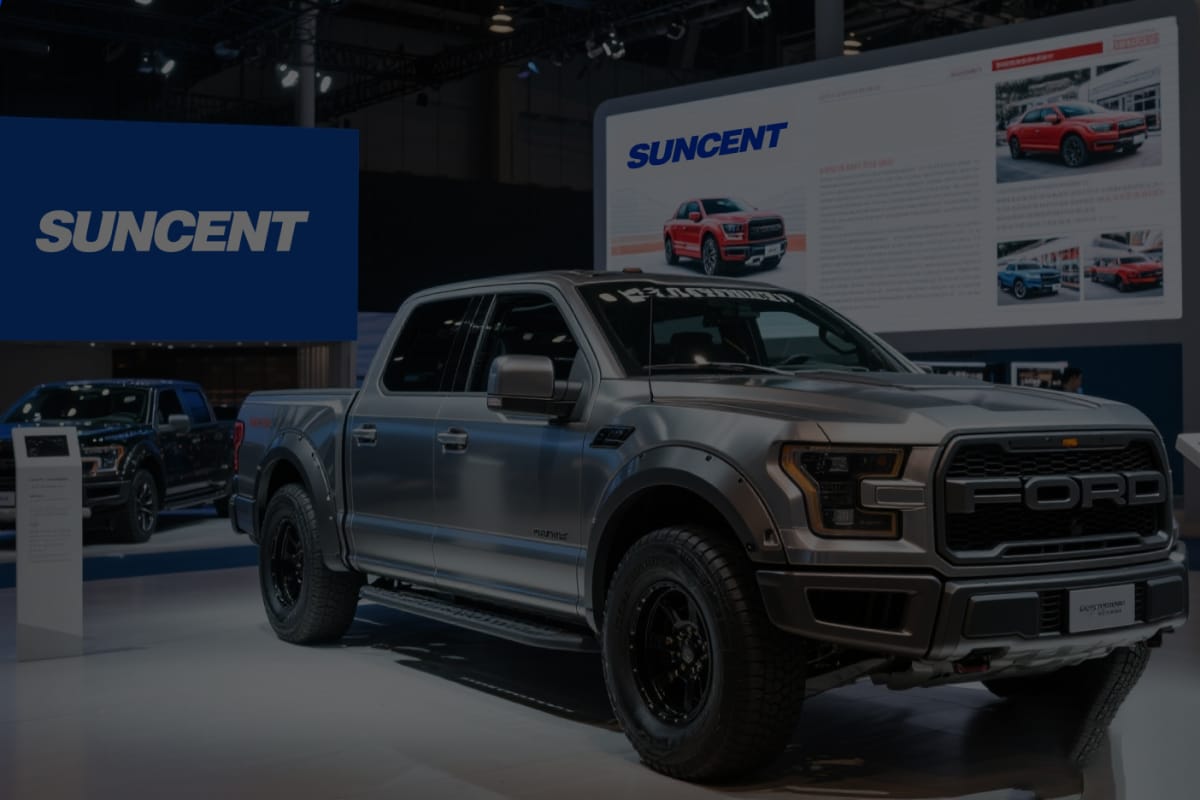In automotive engineering and maintenance, you will encounter several types of automotive light bulbs. In the light bulb discussion, we discussed the 9003 and H4, bringing two light bulb types to the table.
The H4 and 9003 are similar in appearance, so many people confuse them. The backgrounds of these bulbs are tightly intertwined, and they're used differently in North America and Europe, so yes, it can be a little confusing.
Still, there are some differences between the H4 and 9003 that may or may not be important, depending on usage. Knowing these two bulbs is crucial to knowing where to use them to get the most out of them. In this article, we are going to discuss two bulb types: 9003 and H4. They are built similarly and even they are interchangeable. Let’s understand where to use these two bulbs.

Everything You Should Know About H4 Bulbs
H4 bulbs are usually used in race cars and they are popular in European countries as many sports cars rely on them. Although these bulbs are used in America too, they are not legal to use in cars. Instead, they are used in motorcycles.
These bulbs consist of double-filament, which is the reason why they are illegal in the United States. H4 bulbs can easily blind oncoming drivers or even if you stay too long in the traffic, it can cause strain on the driver’s eyes. Hence, it is easy to distinguish between 9003 and H4 bulbs while looking at their built structure.
Everything You Should Know About 9003 Bulbs
While 9003 looks almost similar to H4, there are some differences. For instance, 9003 comes into the picture where H4 bulbs are restricted - America. The 9003 bulb also comes with double filament but they are well-controlled when it comes to the output.
9003 bulbs can be used in the cars without any restrictions. They also come with ample illumination. Check out our guide to the 5 best 9003 headlight bulbs now.
Now, let’s discuss the differences between 9003 and H4.
Difference Between 9003 and H4 Bulbs
Base: From the outside, 9003 and H4 might look quite similar but they are different in terms of base of the bulbs. While the tabs placed at the base of 9003 are equal, H4 has shorter tabs. H4 bulbs are L-shaped while 9003 comes with a three pronged base.
Housing & Brightness: This is the reason why H4 can easily fit into 9003 and H4 housing but 9003 won’t be able to fit into H4 housing units. Moreover, H4 bulbs are usually brighter compared to the 9003 bulbs. Insert your text here
Cost: Another major difference is the cost of these bulbs. H4 bulbs are usually expensive compared to 9003 and vice versa, depending on the country you buy from.
Usage: 9003 bulbs are usually used for road cars while H4 bulbs are mostly used in motorcycles or race cars. H4 can distract oncoming drivers while 9003 is easy on eyes.
Power consumption: H4 draws more power compared to 9003. However, there is no massive difference between the power consumption that will save a lot of energy.
Compatibility: One of the major reasons people often use these two people is that they are interchangeable due to their shapes and build. However keep in mind that H4 bulbs can easily fit into 9003 housing while 9003 bulbs cannot be used in H4 housing units.
Durability: According to various users, 9003 bulbs are designed to be used in cars while H4 bulbs are used in motorcycles because of which we can handle more vibration and that makes them more durable.
Country: H4 bulbs are popular in European vehicles while American vehicles are usually used in 9003.
Conclusion
In conclusion, differences between 9003 and h4 are very few, especially when it comes to their usage. H4 bulbs are not legal to use in the United States, due to safety concerns. On the other hand, 9003 bulbs can be used in mostly European countries. Basically, both these bulbs might look similar but they cater different needs.





















